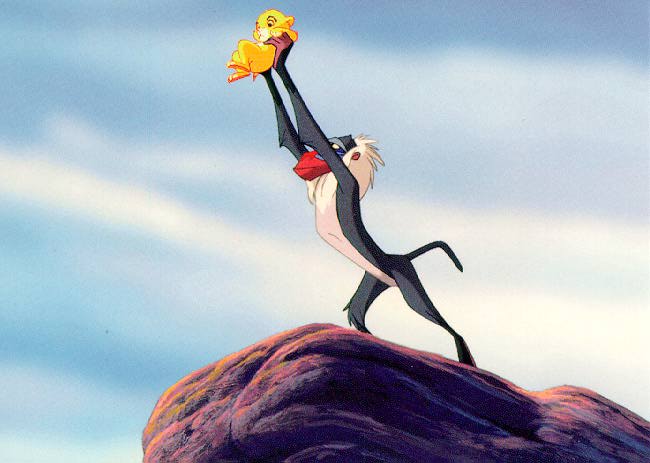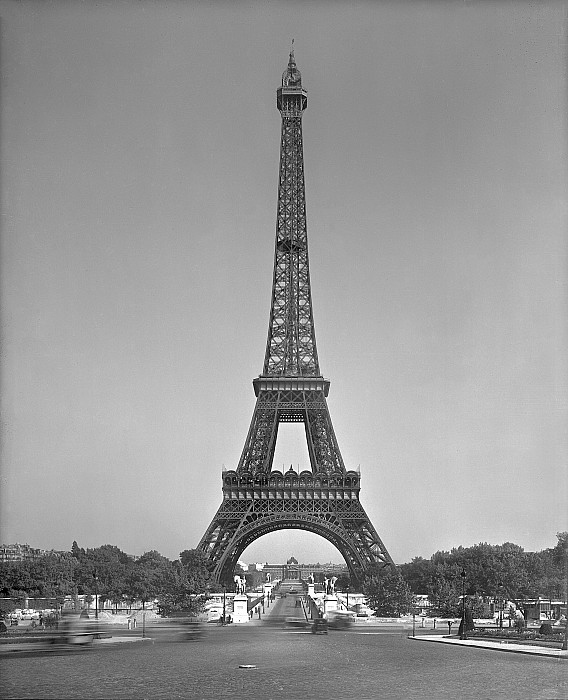Monday, January 30, 2012
Anthropomorphizing the Spud: A tale of Mr. Potato Head
The Viral Umwelt
Sensory Meaning in the Expanding World(s)
Soviet Invasion of the Estonian Umwelt
Uexküll tells the reader from the outset that his is a theory in opposition with the aforementioned Behaviorist standpoints, but I do not think that the political motivations behind this move are entirely clear with a reading of Uexküll alone. He would have ten years to analyze Pavlov’s findings, and an island-side view of how the Pavlovian movement took hold of Russian psychology in so many interesting ways. I think there are clearly traces of political undertones coursing through A Stroll and am as of yet undecided what to make of Uexküll’s work.
Sunday, January 29, 2012
Perception Image and Effect Image
Thinking of the Web in the Context of Environment Spaces
The Web as an environment space is a commodity that has been branded and the architects of the Web are going through great pains and reaping great rewards to ensure that users can have a great degree control of their environments so that the content that's useful to the users can be more accessible through personalization. The search for butyric acid is easier to come by if the home page of your favorite Web browser is modified to include links to your most frequent Web destinations.
Speaking of this home page... The home page is the orientation point of Web browsing. It's the branch on which the tick waits in a death-like state for as long as eighteen years to mount its attack. Every Web browser, whether it's Internet Explorer, Google Chrome or Firefox has a setting that allows the user to choose a home page that will appear whenever the browser is opened. The user starts at the home page and goes off to fetch information from this page and that page, often returning to the home page in between trips out into the Web, like birds retrieving food or materials for building a nest. There's no need for one to question how to return to the home page because there's a soft button shaped like a house on which the user can click that takes them immediately home. No line of bread crumbs or rope tied to the ankle and a rock at the entrance of the cave are needed.
With the example of the Web as a space and us as either simpletons or high-minded primates making environments out of it, we should easily be able to associate with what the tick and other animals have done to survive. They have their stimuli, as do we. Our respective Web environments include our stimuli. A tick's environment is a little different than a spider's or a jackdaw's. Your Web environment is different than mine. Would you like to compare browsing histories?
Nature, with a capital N
Throughout A Foray Into the Worlds of Animals and Humans, Uexkull chronicles the differences between organisms, singular to multicellular, levels of perception. All the while, he attempts to maintain a purely biological stance with regards to the functionality of each individual species. He warns against the application of anthropomorphism upon the animals he discusses, because doing so will give the reader a misconception that the world inhabitants possess human agency, what he discusses in the “goal and plan” theory. With a series of experiments meant to draw attention to the biological reasons one might attribute human-like characteristics to an animal, Uexkull is able to eradicate for instance, the “motherly” attending of a hen to her chick in trouble. Proving that sound perception is the reason a hen would react to her offspring in such a way, Uexkull continues to implore the cessation of “the will-o’-the-wisp of the goal in our observation of environments” (86).
However, this is easier said than done. Contemporary cultures, particularly with types of media, primarily books and film, perpetuate the notion that animals are capable of feeling and have a will and moral conscience. Take for instance, Disney’s The Lion King.

best. movie. ever.
Let me be the first to admit, this movie has me in tears every single time I watch it. Why? Because I feel for the characters because they feel just the way I do. They struggle with loneliness, anger, love, displacement, and the general pains of non-belonging. On an even more basic level, over and over again I willingly suspend my disbelief to fully believe that Simba, the adolescent angst-ridden orphaned lion, won’t gobble up Timon (meerkat) and Pumba (warthog) for a tasty snack before he claims his rightful spot as king of the jungle.

sadly this.

not this. hakuna matata?
Uexkull would not be pleased with the abundance of ways in which media culture confuses instincts, biologically determined behaviors and emotion. Giogio Agamben points out how easy it would have been for Uexkull to continue with the tick’s behavioral analysis and mistakenly comment about how the “tick loves the taste of the blood, or that she at least possesses a sense to perceive its flavor” (Agamben 46).
Clearly, the overall goal of Uexkull’s work is to indicate that the world in which we live should not be confused with the way we humans live. In a much more complex way, the message of his work indicates a “to each, their own” mentality. Subjectivity on individual scales is the way the world functions. Perception, time and space interact differently depending on the subject, and it is the subject which constitutes what that might be. This applies to interaction even more intricate than division between different species. Instead, differing sensations occur between members of the same species. No living thing perceives the exact same as another.
However, a continuing theme throughout Uexkull’s work is troubling to his theory of individual subjectivity and non-anthropomorphism. He constantly uses the term “Nature,” with a capital “N.” Uexkull repeatedly names this entity as functioning in a perfect way, according to its grand plan. “The life of the tick” he quotes, “…is led purely according to Nature’s plan” (Uexkull 86). He continues to theorize that “perhaps certain acts of the highest mammals will turn out to be goal-oriented actions which themselves are part of Nature’s overall plan” (86). So what constitutes a “highest mammal?” I fear exploring this would turn into a whole new object lesson, so for now that is to be continued. Uexkull escapes without ever defining what he believes Nature truly entails. From the way he uses it, it indicates a belief that the environments, and all the little subjective beings living within it, coexist with and for one another. It also indicates a subtle anthropomorphic mentality. Nature is the puppet master controlling the ways in which creatures great and small interact, always present to right the path when it veers off course.
This calls to mind another Lion King reference. The world order is thrown off kilter when Scar (Simba’s villainous uncle) kills Mufasa (Simba’s father) and claims his place at the top of the food chain.

Scar's posse.
The movie progresses, the Pridelands become a barren land where the grass can’t grow and insects can’t feed which means the bug eaters die, etc…etc… Good news though: The magical forces of Nature, with a capital N, intervene to nudge and inspire Simba to set his world back according to the ultimate plan. The visuals are reinforced by the theme song “Circle of Life.” The message is this: great and small, we all have our place to contribute to the working world order to produce harmonious interactions with a bit of give and take. Once again, “Nature” acts as the controlling agent, making sure the cycle maintains the status quo.

boom. order restored.
It is not Only that Flies Perceive Differently Than Humans
Musical Perception
Both men discuss the idea of perception within their works, particularly the perceptions that certain animals hold within the world and their environments. Depending on the animal's visual, effect, and environmental spaces (as well as general experiences), an everyday object becomes holds different meaning and possible utilization than it would to another animal, regardless of whether it belongs to the same species or not. Using the same example as Agamben, a forest is not "an objectively fixed environment," meaning that it is not one objective space that will never change. It gains a kind of fluidity depending on the animal or individual encountering it: "there exists a forest-for-the-park-ranger, a forest-for-the-hunter...a forest for-the-carpenter, and finally a fable forest in which Little Red Riding Hood loses her way" (41). In each of these cases, the forest becomes an environment, an objective space, that is different from one person to the next.
Agamben and Uexküll agree that there are "carriers of significance" that make the environment, or object within that environment, what it is perceived to be to the animal. There is a link between the animal and the external environment, and "everything happens as if the external carrier of significance and its receiver in the animal's body constituted two elements in a single musical score" (41). This means that although both elements, the carrier of significance in the external space as well as the animal's receiver, seem entirely exclusive, they veritably come together in one unit.
This made me think of music and the ways in which it captures and embodies these same ideas, only through a different outlet. Consider the following YouTube video as an example:




